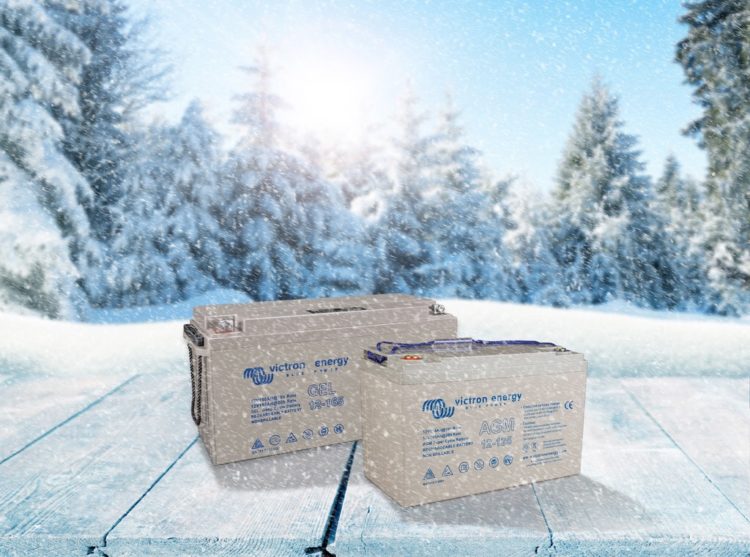
This blog covers lead acid battery charging at low temperatures. A later blog will deal with lithium batteries.
Charging lead acid batteries in cold (and indeed hot) weather needs special consideration, primarily due to the fact a higher charge voltage is required at low temperatures and a lower voltage at high temperatures.
Charging therefore needs to be ‘temperature compensated’ to improve battery care and this is required when the temperature of the battery is expected to be less than 10°C / 50°F or more than 30°C / 85°F. The centre point for temperature compensation is 25°C / 77°F.
Cold weather also reduces a battery’s capacity. This is another factor that needs to be taken into consideration, along with the load and charge rate compared to the battery capacity (Ah). Both of these factors affect the correct and consequent sizing of a battery for your particular application.
Battery capacity in Ah is usually quoted as a 20 hour capacity rating at 25°C. The discharge rate or load can be written as 0.05C where for example C is the load factor of the 20 hour rated battery capacity at 25°C.
Worked examples: If a 100Ah 20hr rated battery then a 0.05 load would be 100 x 0.05 = 5 Amps or 100/20 which is also a 5 Amp discharge rate over that 20 hour period. A 10A load on a 100Ah 20 hour rated battery would therefore be a 0.1C discharge rate, a 0.2C discharge rate on a 200Ah would be 40A and so on. C ratings also relate to charge rates as well as discharge rates.
When buying a battery you may see its Ah quoted at 20 (the standard rate), 10 and 5 hour rates so you can see how load ‘shrinks’ the Ah. Some even quote at 25 hour rates, which often fools people into thinking they are getting a bigger battery than standard.
To recap – capacity reduces at low temperatures, as it does for higher discharge C rates above the 0.05C 20 hour rate. This reduction in capacity due to higher discharge rates is due to Peukert’s Law.
Graph showing the effect on battery capacity due to temperature and load:
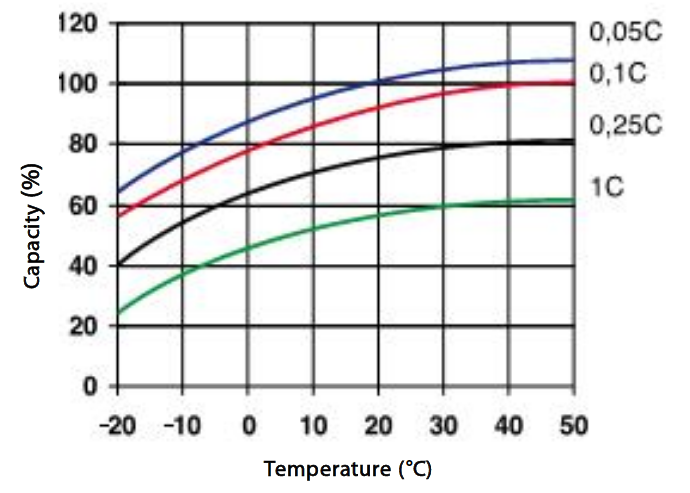
Also with regard to temperature be careful not to let your lead acid battery freeze. The freezing point depends on its state of charge and the specific gravity of the electrolyte. Without getting into the complexities, suffice to say maintain the battery in a fully charged state, as at low states of charge the electrolyte is more water like and freezes earlier than in a fully charged state.
Lead acid battery differences
- Wet lead with the ability to top up each of the six cells with de-mineralised water.
- The so called ‘sealed’ wet lead leisure or rather maintenance free battery. These cannot be topped up and often have a green go or red no go cell inspection indicator.
- AGM (Absorbent Glass Mat) valve-regulated lead-acid (VRLA), where the electrolyte is absorbed in a glass mat.
- Similar to the AGM, but the electrolyte is held in a Gel.
All of the above are however lead based (as opposed to lithium) technology. Besides lithium batteries Victron Energy sell VRLA AGM and Gel monoblocs (6 x 2V cells in series) due to their superiority over wet lead monobloc types. Victron’s range consists of:
- Gel (Better cycle life than AGM).
- AGM (Better than Gel for higher loads and well suited for use with inverters).
- AGM Telecom. Designed primarily for Telecom applications, but also excellent ‘footprint space savers’ for marine and vehicle applications.
- AGM Super Cycle (Best if frequent discharge to 60-80% DOD is expected).
- Lead Carbon Battery (Improved partial state-of-charge performance, more cycles, and higher efficiency).
Additionally Victron also sell specialist lead acid type batteries.
- OPzV 2V individual battery cells. Long life, high capacity gel.
- OPzS 2V individual battery cells. Long life high capacity flooded tubular plate batteries for specialist solar applications.
Temperature compensation and charging
Now we know about the kind of batteries, capacities and loads we are dealing with, we need to put some numbers together for temperature compensation and charging.
The recommended temperature compensation for Victron VRLA batteries is – 4 mV / Cell (-24 mV /°C for a 12V battery).
Besides accounting for cold weather charging the charge current should preferably not exceed 0.2C (20A for a 100Ah battery) as the temperature of the battery would tend to increase by more than 10°C if the charge current exceeded 0.2C. Therefore temperature compensation is also required if the charge current exceeds 0.2C.
How to achieve temperature and voltage compensated charging
There are a range of Victron products to achieve this.
With our range of inverter/chargers and since VE.Bus firmware version 415 was released some time back this has ensured that:
– Temp compensation continues down to -20C
– This is for all voltage set-points, except for float, storage and the start of bulk charging
– As soon as the temperature goes below -30C, the compensation mechanism is disabled (normal charge voltages are applied) and a warning is shown.
For systems that don’t use an inverter/charger – we can use Smart Battery Sense to ensure that charging sources provide optimal voltage and temperature compensated charging to your batteries, by wirelessly transmitting accurate battery voltage and temperature values to your Solar Charge Controller or Smart battery charger.
This information is then used to set the ideal charging parameters, resulting in more complete, faster charging – improving battery health and therefore extending battery life.
The Victron Toolkit app allows you to calculate cable sizes and voltage drop. Here’s an example where cable length is the round trip of the positive and negative battery charging cables. This is so you get an idea of what Smart Battery Sense automatically takes into account to ensure the correct charge voltage goes into the battery, by ensuring the charge voltage is compensated for and corrected due to any cable losses.
Victron’s range of SmartSolar MPPT Charge Controllers all work with the Smart Battery Sense. In fact I’ve just fitted one to my motorhome, along with the required Smart Battery Sense, due to the fact the leisure battery temperature location when compared to the location of the controller can have a difference of up to ten degrees. Definitely a case for ensuring accurate temperature compensation.
Other products can be connected too by using what we call ‘VE.Smart Networking support’. See the VE.Smart Networking page.
Conclusion
With the above solutions I know I’ll be happier now that my batteries are getting exactly the right charge due to optimal temperature and voltage compensation.
Why not make sure you are doing the same…
John Rushworth






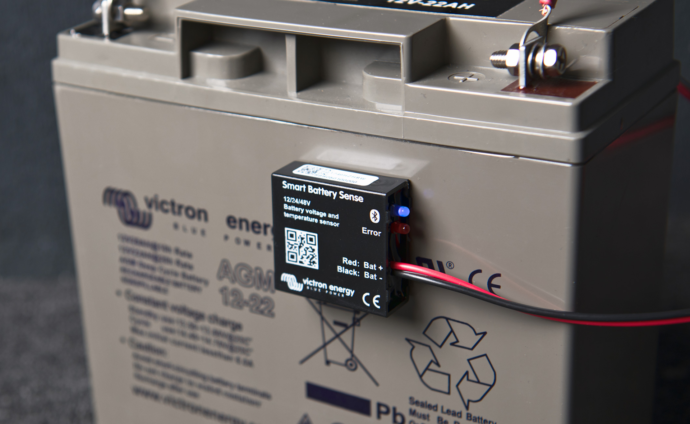
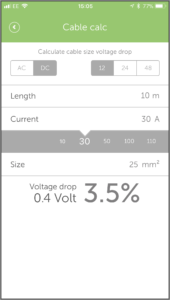
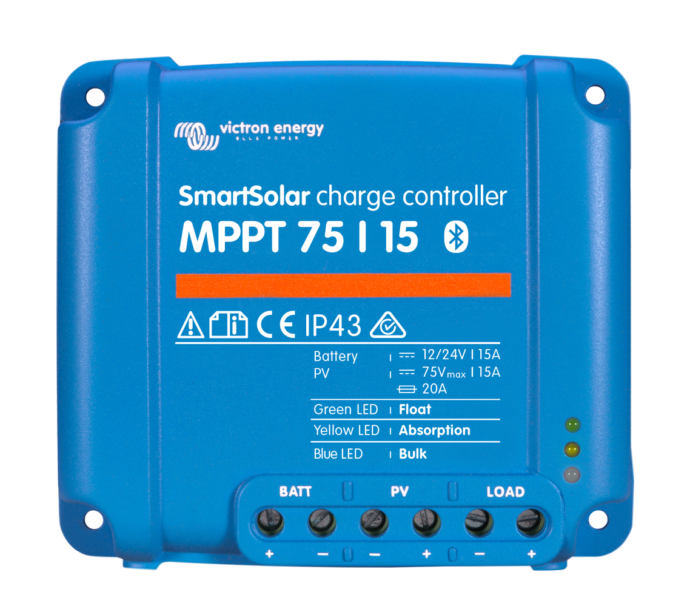
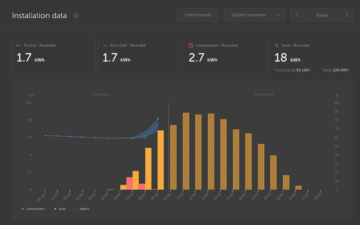
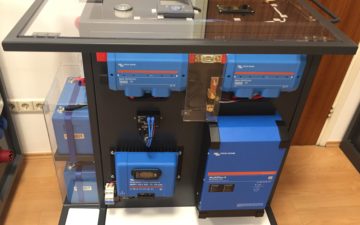










 #victronenergy #adventure
#victronenergy #adventure
 ELECTRICS
ELECTRICS 
